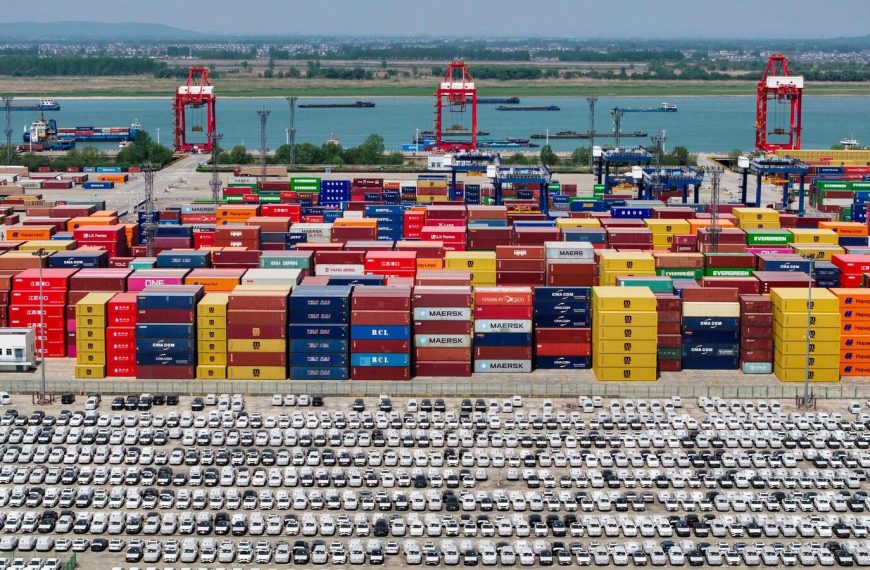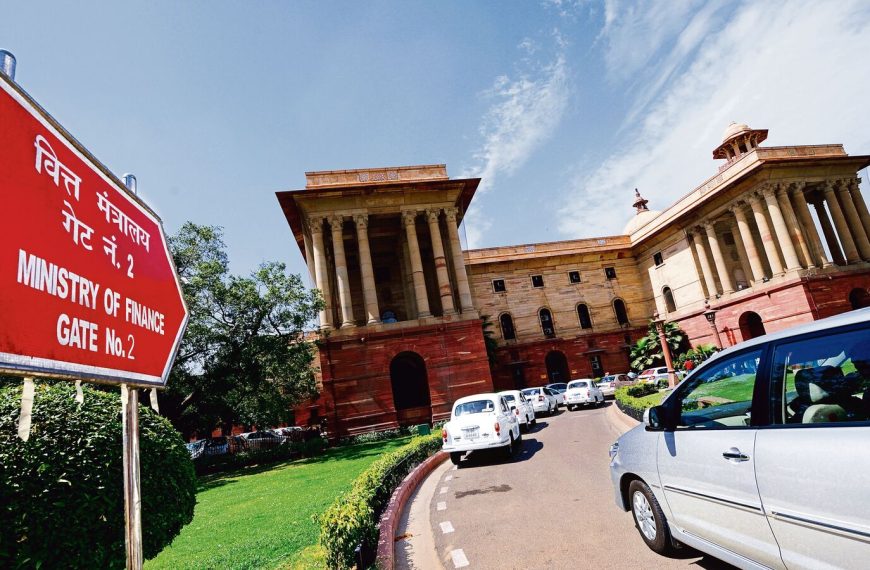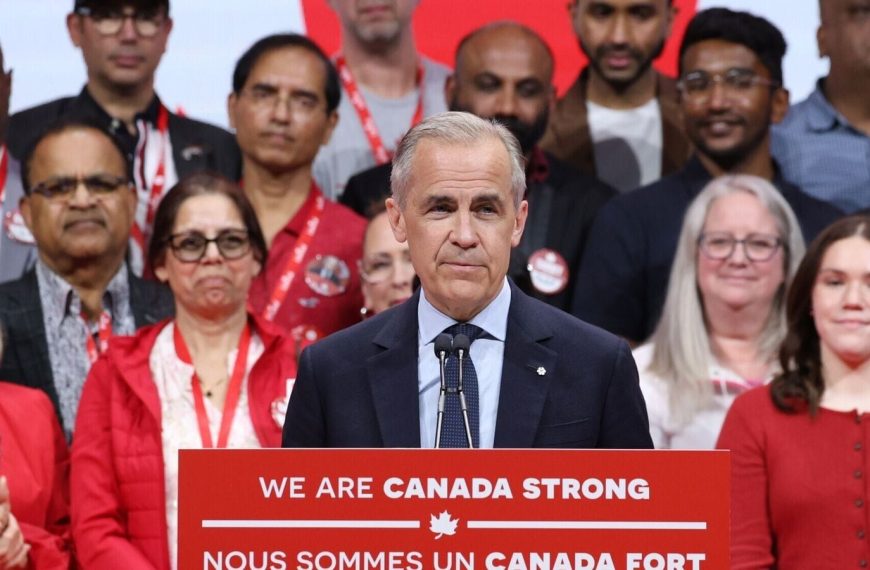In a significant shift, state government borrowings in India experienced a steep decline in April, plummeting to ₹53,870 crore from a staggering ₹2.25 trillion in March, as reported by the Reserve Bank of India (RBI). This reduction suggests that states are strategically postponing more expensive loans to better align with their financial planning and spending requirements. On Tuesday, 10 states collectively secured ₹24,700 crore through State Development Loan (SDL) auctions, marking the largest funding round of the month.
Understanding State Development Loans (SDLs)
State Development Loans are vital instruments that state governments utilize to meet budgetary demands and support various developmental initiatives in sectors like infrastructure, education, and health. The RBI plays a crucial role in auctioning these bonds, allowing states to tap into market resources effectively.
- April Funding Breakdown:
- Four smaller funding rounds earlier in April totaled:
- ₹11,800 crore
- ₹3,500 crore
- ₹3,000 crore
- ₹10,870 crore
Future Borrowing Projections
Looking ahead, the projected borrowing amount for the first quarter of FY26 (April–June 2025) is set at ₹2.73 trillion, which is a slight increase from last year’s estimate of ₹2.54 trillion. Experts are observing a trend where states tend to defer significant market borrowings until the latter half of the fiscal year. This strategy allows for improved cash flow management and more flexible project timelines.
According to Venkatakrishnan Srinivasan, founder and managing partner of Rockfort Fincap LLP, states often depend on low-cost or interest-free funds during the first half of the fiscal year. These include:
- Tax revenues
- Central tax devolution
- GST compensation
- Interest-free loans from the central government
Timing of Infrastructure Projects
Srinivasan explains that many infrastructure projects, including roads, bridges, and water supply systems, typically gain momentum only after the monsoon season. Consequently, states are likely to see increased spending and borrowing needs in the second half of the fiscal year.
Moreover, to avoid overwhelming the bond market with excessive borrowing, the central government has been frontloading its bond issues in the first half of the year. This coordinated approach creates more space for state borrowings in the latter half, particularly in Q4, without escalating interest costs.
Highlights from the Recent Auction
During the recent SDL auction, the following states led in borrowings:
- Maharashtra: ₹6,500 crore
- Rajasthan: ₹4,500 crore
- Uttar Pradesh: ₹3,000 crore
- Punjab: ₹2,500 crore
- Kerala: ₹2,000 crore
Meanwhile, smaller sums were raised by:
- Telangana: ₹1,400 crore
- Himachal Pradesh: ₹1,300 crore
- Tamil Nadu and Haryana: ₹1,000 crore each
- Uttarakhand: ₹1,000 crore
- Tripura: ₹500 crore
This recent activity underscores the ongoing financial maneuvers of Indian states as they navigate the complexities of fiscal management and infrastructure development.










